The crypto world is expanding across multiple blockchains, each with its own tokens, smart contracts, and liquidity pools. While this growth improves innovation, it also creates a challenge: assets on one blockchain cannot be directly used on another. This limitation led to the rise of cross-chain swaps, a process that allows users to exchange tokens between different blockchains without going through centralized exchanges.
Performing a cross-chain swap used to be complicated, involving several tools, bridges, and wallets. But today, DEX aggregators have made the process simple, fast, and user-friendly. With just a few clicks, traders can securely move value between chains such as Ethereum, BNB ($922.62) Chain, Polygon, and Avalanche.
In this article, we explain how to use DEX aggregators for cross-chain swaps step-by-step, how they work behind the scenes, and what to consider for safe and cost-efficient trading.
What Is a Cross-Chain Swap?
A cross-chain swap is a transaction that allows users to exchange tokens from one blockchain to another without relying on a centralized intermediary.
For example, swapping ETH ($3,090.84) (on Ethereum) for BNB (on BNB Chain) or MATIC (on Polygon).
This process is powered by advanced blockchain bridges and smart contracts that communicate across different ecosystems. Instead of withdrawing funds from one chain and manually sending them to another, a cross-chain swap automates the entire process in a single transaction.
Why Cross-Chain Swaps Are Important
As decentralized finance (DeFi) expands, traders often move between chains to take advantage of new opportunities like yield farming, NFT ($0.00) launches, or new DEX listings. Cross-chain swaps make this possible without requiring centralized exchanges such as Binance or Coinbase.
Benefits of Cross-Chain Swaps:
- True decentralization: No need to trust custodians or centralized bridges.
- Faster fund movement: Transfer assets between chains in minutes.
- Lower risk: Reduces human error during manual transfers.
- Better trading opportunities: Access to tokens and liquidity on multiple blockchains.
However, manually using cross-chain bridges can be confusing and prone to mistakes. That’s where DEX aggregators simplify everything.
What Is a DEX Aggregator?
A DEX aggregator is a platform that connects multiple decentralized exchanges and liquidity sources to find the best trading rates and lowest fees.
In 2025, most leading DEX aggregators also support cross-chain functionality, which allows users to swap assets between different blockchains directly.
Instead of switching between multiple DEXs, a DEX aggregator handles:
- Route optimization
- Bridge integration
- Liquidity matching
- Gas and fee calculation
Popular cross-chain aggregators include Rango Exchange, OpenOcean, 1inch Fusion, and Squid Router.
Related article: How Slippage Works and How DEX Aggregators Help Reduce It
How DEX Aggregators Simplify Cross-Chain Swaps
DEX aggregators eliminate the manual technical steps required to bridge assets. Here’s how they make the process easier:
- One Interface for Multiple Chains: You can swap tokens across Ethereum, BNB Chain, Polygon, and others in one place.
- Automated Bridge Routing: The aggregator automatically chooses the most efficient bridge and exchange route.
- Lowest Fee Optimization: It compares prices across DEXs to find the best rate.
- Security: Reputable DEX aggregators only use audited bridges and verified smart contracts.
By automating these processes, users no longer need to manage complex bridge addresses or worry about sending tokens to the wrong network.
Step-by-Step Guide: How to Perform a Cross-Chain Swap Using a DEX Aggregator
Below is a general step-by-step walkthrough for any popular DEX aggregator (e.g., OpenOcean or Rango Exchange).
Step 1: Connect Your Wallet
Visit your chosen DEX aggregator website and click Connect Wallet.
Supported wallets often include:
- MetaMask
- Trust Wallet
- Coinbase Wallet
- WalletConnect-enabled apps
Once connected, ensure that your wallet is active on the source blockchain (the chain where your tokens currently exist).
Step 2: Choose Your Tokens and Blockchains
On the swap interface, select:
- The token you want to send (for example, ETH on Ethereum)
- The token and blockchain you want to receive (for example, BNB on BNB Chain)
The aggregator will automatically detect available bridges and DEX routes for the chosen pair.
Step 3: Review the Swap Route and Fees
Before executing the swap, review:
- The exchange rate (how much you will receive)
- The bridging fee or gas cost
- The expected time for the transaction to complete
- Any intermediate tokens used during routing
Some aggregators display multiple route options so you can choose between faster or cheaper swaps.
Step 4: Confirm the Transaction
After reviewing details, click Swap or Confirm.
Your wallet will prompt you to approve the transaction. Once approved, the aggregator automatically executes the process:
- Swaps your token on the source chain
- Sends it through a bridge
- Delivers the destination token on the target chain
This typically takes a few minutes depending on blockchain congestion.
Step 5: Check the Transaction Status
DEX aggregators provide real-time updates. You can track your swap progress through:
- On-screen status trackers
- Transaction hash links
- Notifications inside your wallet
Once complete, you’ll see the swapped tokens in your wallet under the destination chain.
Common Issues to Avoid During Cross-Chain Swaps
Although DEX aggregators make the process easier, users should still stay cautious.
1. Not Having Enough Gas Fees
Each chain requires gas tokens to process transactions (like ETH for Ethereum or BNB for BNB Chain). Always keep a small balance for network fees on both chains.
2. Using Unsupported Tokens
Some tokens are not available for cross-chain swaps due to missing liquidity. Check the aggregator’s token list before swapping.
3. Ignoring Slippage Settings
If market prices change quickly, your trade might execute at a slightly different rate. Set your slippage tolerance carefully to avoid failed transactions.
4. Using Fake Websites
Always verify the correct aggregator URL. Scammers often create fake versions of popular platforms.
Leading Cross-Chain DEX Aggregators in 2025
Each platform simplifies cross-chain trading in its own way. Rango and OpenOcean stand out for their strong support across major chains and easy-to-use interfaces.
These links build SEO authority and encourage readers to explore your DEX education content cluster.
Tips for Safe Cross-Chain Swapping
- Always double-check wallet addresses and bridge destinations.
- Stick to well-known aggregators with audits and transparent histories.
- Keep a small amount of native gas token on every chain you use.
- Start with small test amounts before doing large swaps.
- Monitor the transaction through a block explorer (like Etherscan or BscScan).
Following these precautions helps prevent costly mistakes or failed transactions.
Conclusion
Cross-chain swaps are revolutionizing how traders move assets across blockchain networks. They bring flexibility, accessibility, and freedom to decentralized finance.
Using DEX aggregators makes this process smooth and beginner-friendly. Instead of juggling multiple bridges and DEXs, you can complete everything in one interface, saving time, money, and effort.
As multi-chain ecosystems continue to expand, DEX aggregators like Rango, OpenOcean, and 1inch are shaping the next phase of seamless blockchain interoperability. Mastering how to use them today will keep you one step ahead in tomorrow’s DeFi economy.
FAQs
1. What is a cross-chain swap?
A cross-chain swap allows you to exchange tokens from one blockchain to another without using centralized exchanges or custodians.
2. Are cross-chain swaps safe?
Yes, when performed through reputable DEX aggregators that use audited smart contracts and trusted bridges.
3. How long do cross-chain swaps take?
Typically between 2 and 10 minutes, depending on network congestion and the chains involved.
4. Do I need gas fees for both chains?
Yes. You’ll need small amounts of each chain’s native token (like ETH or BNB) to cover gas fees during the swap.
5. Which DEX aggregators support cross-chain swaps?
Popular options include Rango Exchange, OpenOcean, 1inch Fusion, and Squid Router for multi-chain support and low fees.
The post Cross-Chain Swaps Made Easy: Using DEX Aggregators Step-by-Step appeared first on FXcrypto News.









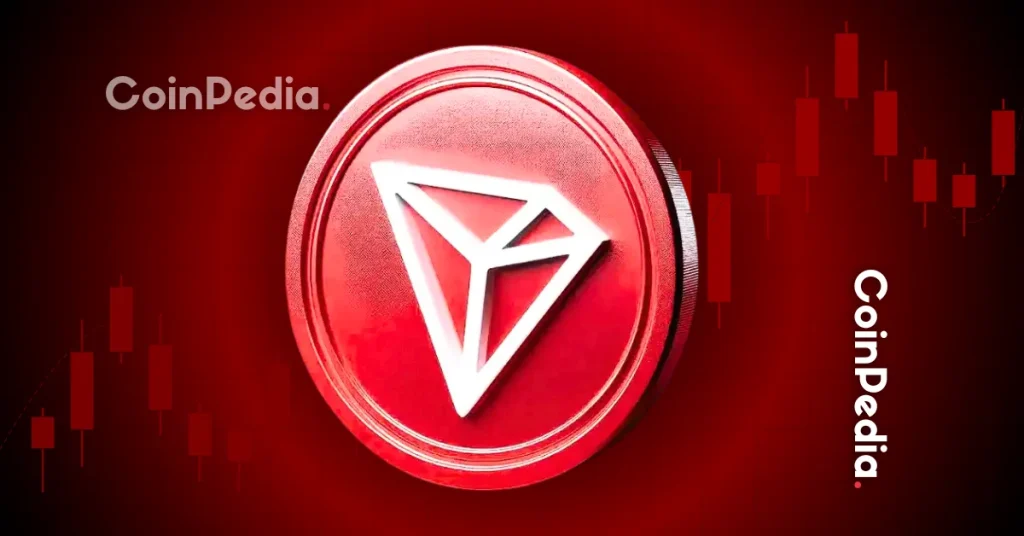


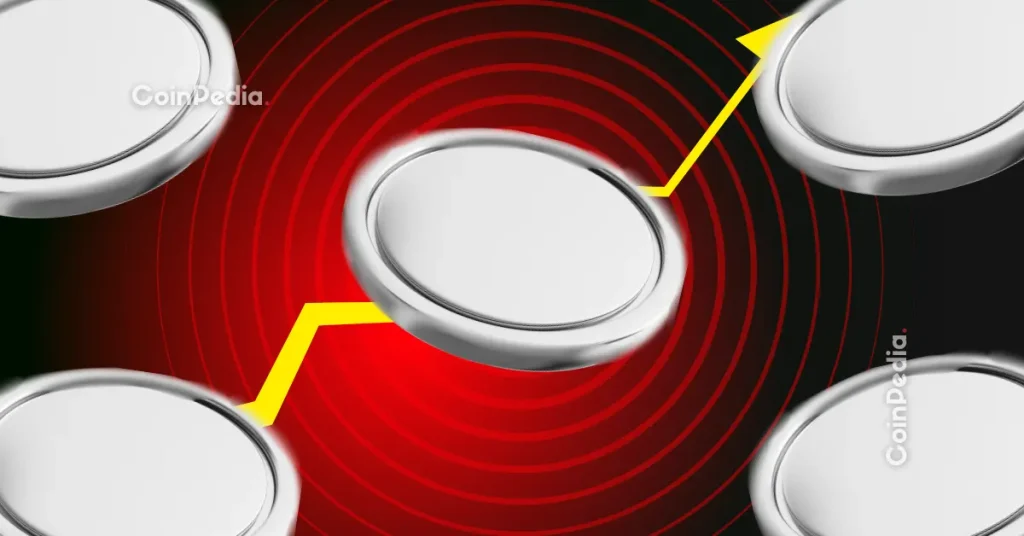


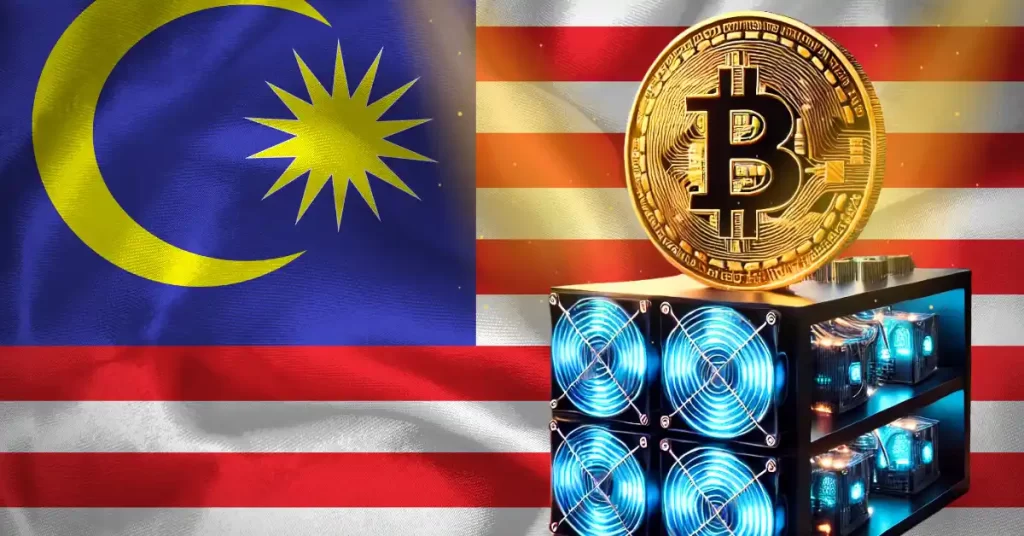

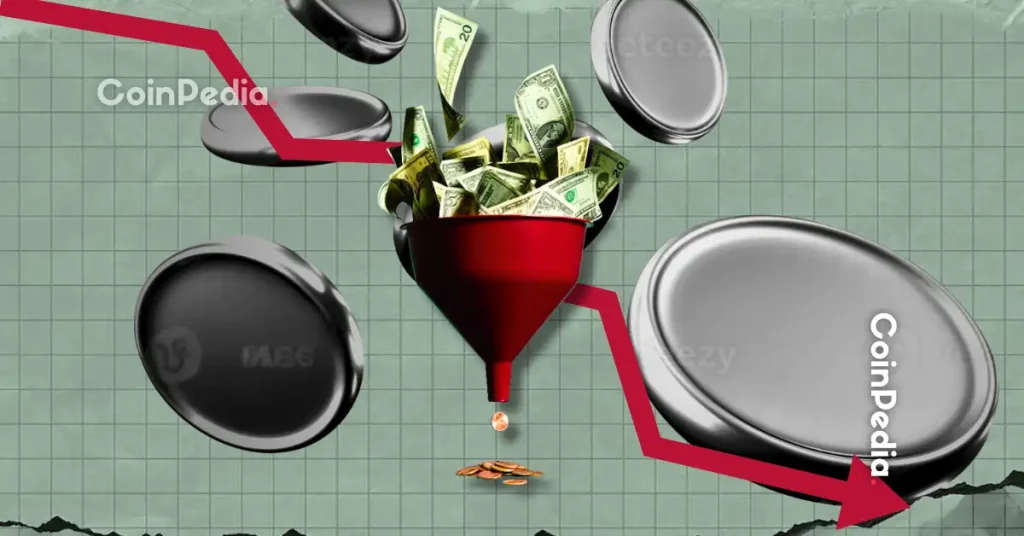








 24h Most Popular
24h Most Popular


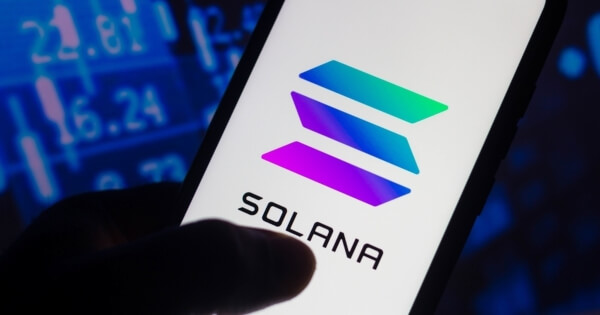



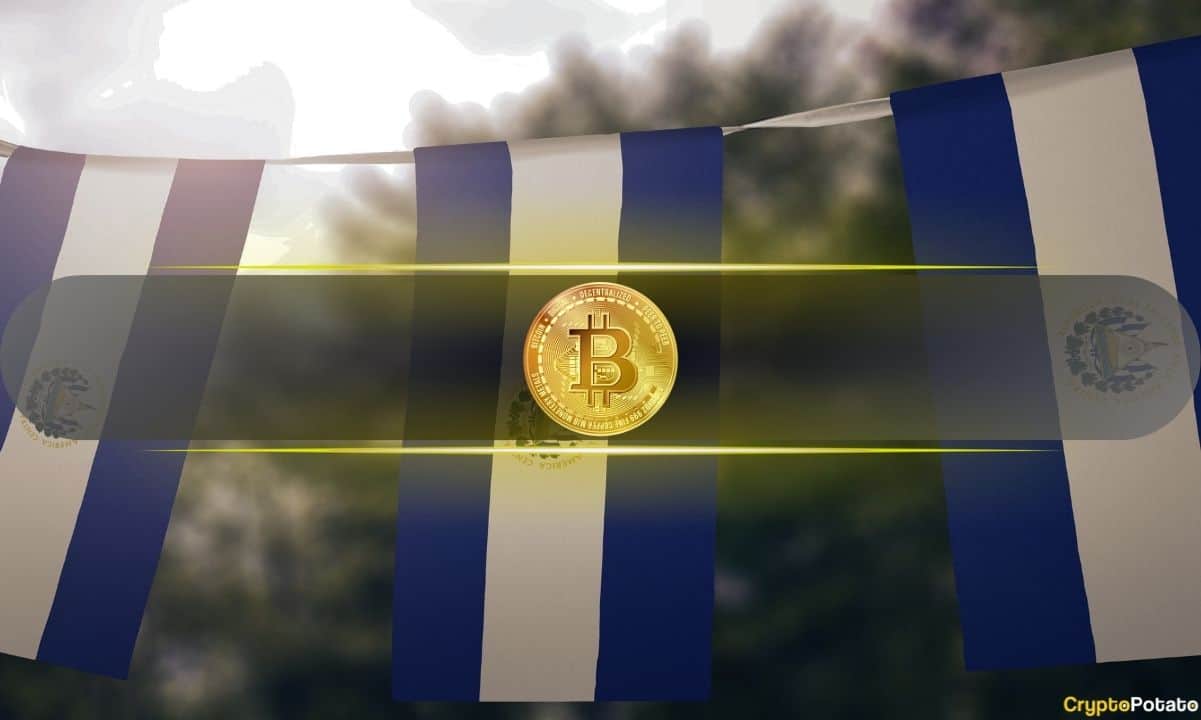

 Utilities
Utilities